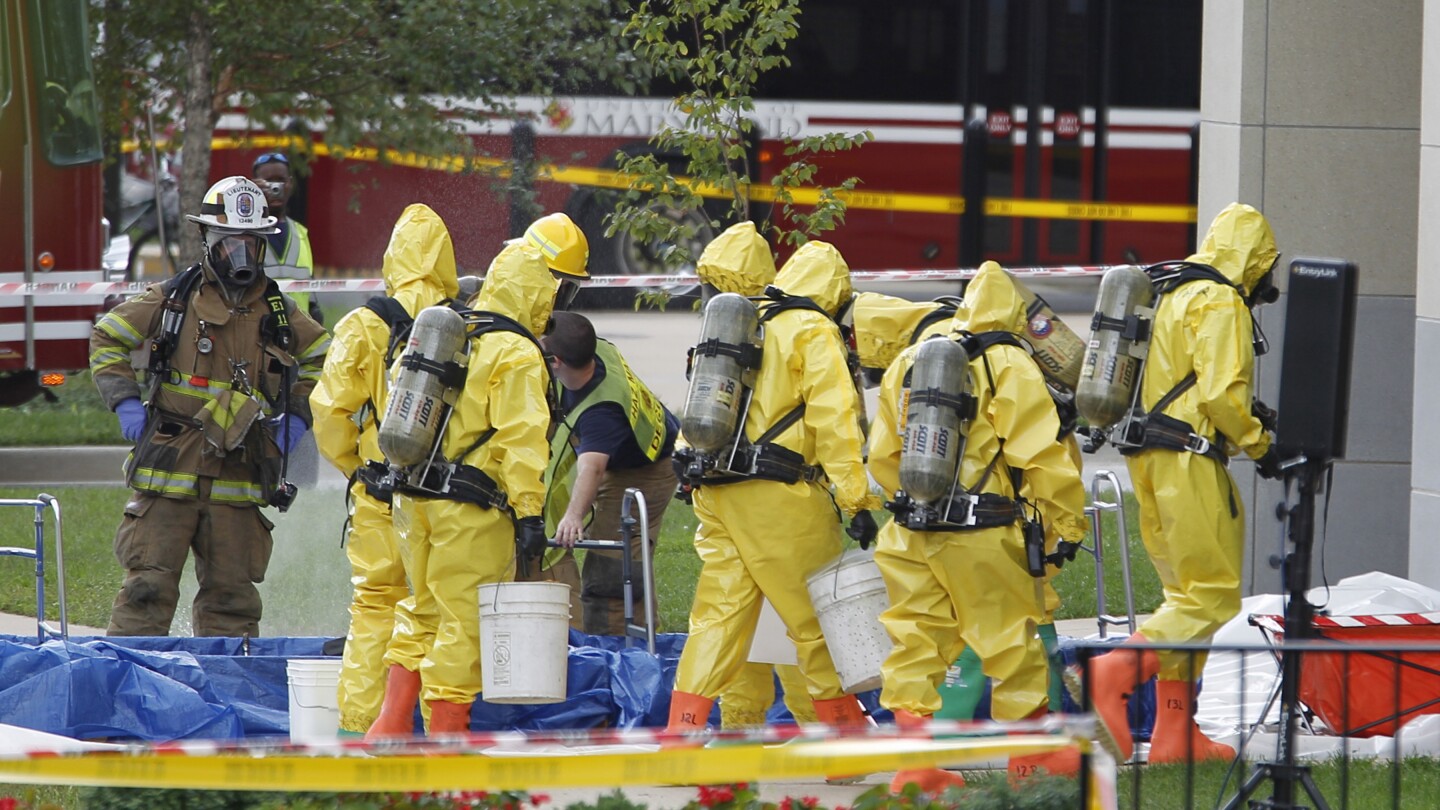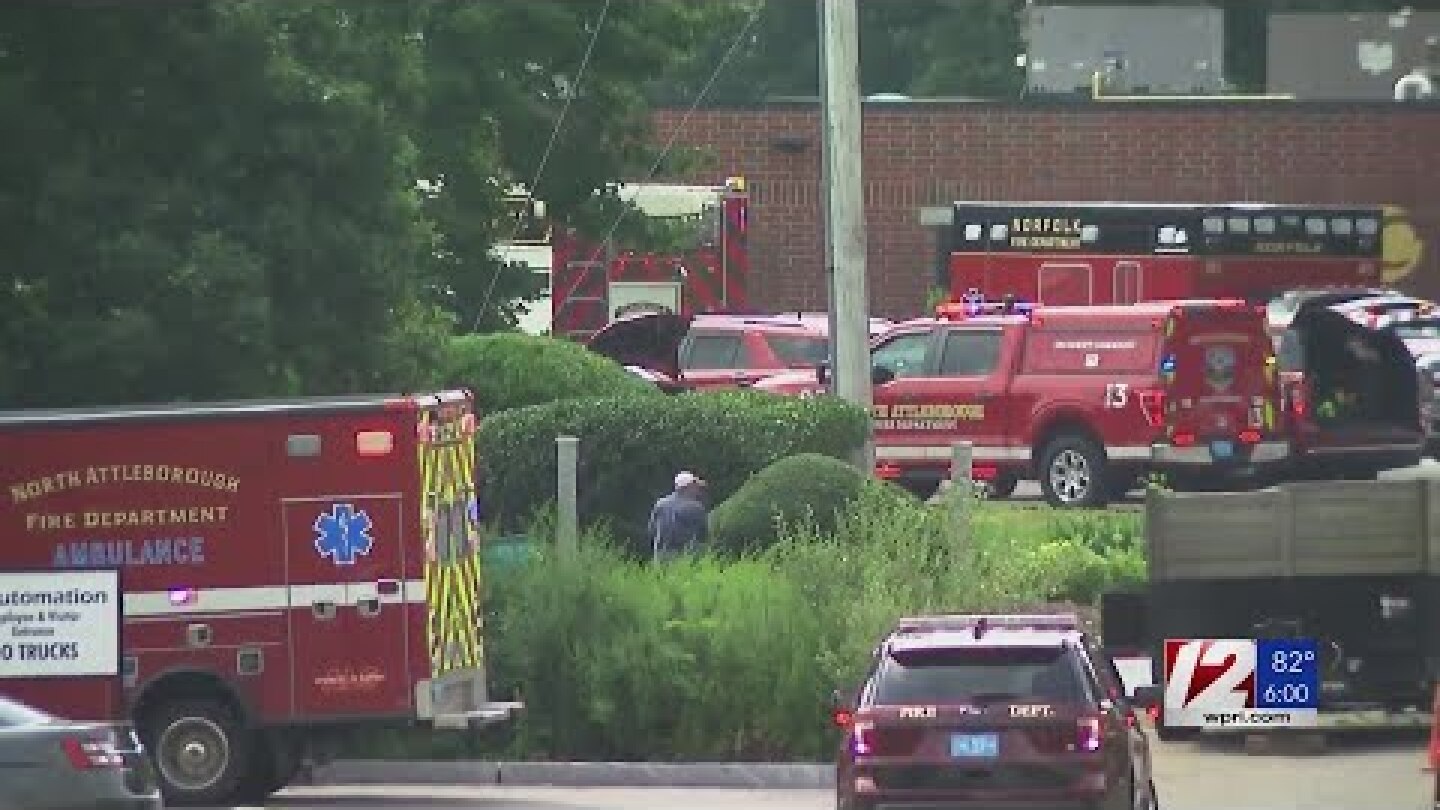Hazmat
The hazmat topic section covers hazardous operations including hazardous materials incidents. Chemical analysis, hazmat protective equipment and all the latest hazmat gear is covered, along with news and expert columns about hazmat events.
A father and son realize their destiny is assessing and treating blaster and lightsaber wounds in a galaxy far, far away
Limit your exposure and clean the ambulance and your clothing before heading home after shift to avoid contaminating your home and loved ones
For centuries going back to Leonardo da Vinci, humans have innovated and perfected ways to protect their health amid hazardous conditions
Improperly mixed cleaning chemicals triggered a temporary evacuation at The Gardens Skilled Nursing and Rehabilitation center in Colorado Springs
A worker was hospitalized after a container of muriatic acid was improperly discarded with household trash, releasing hazardous fumes when compacted
First responders in Orangeburg County lowered a rescuer using a tripod and rope system to lift the victim, decontaminated her and transferred her to EMS for evaluation
Firefighters have responded at least twice to Hemet Global Medical Center to test for carbon monoxide and other gases but did not detect any
Richland County EMS examined 13 people at the scene in Columbia, with three transported to a hospital
Some chemicals are linked to heart disease and reduced lung function, while inhaling toxic forms of arsenic, chromium, and benzene may cause other health issues
Law enforcement identified the man as a U.S. Army Green Beret who deployed twice to Afghanistan
Any given shift, right?
Officials were unable to determine why students at The John Carroll School in Bel Air became ill
Pennsylvania State Police spokesperson said that authorities no longer believe they will find Pollard alive, but that work to find her continues
A gas leak is considered the likely cause of the explosion in Orion Township that was heard over a mile away
A faulty tube caused a nitrogen dioxide leak during an experiment involving nitric acid and copper pennies at Berlin High School
An investigation is underway after residents called 911 and reported difficulty breathing
Investigators believe a vehicle’s broken tailpipe to be the cause of the deaths in Clovis
First responders in Colorado Springs evacuated the first floor and had occupants shelter in place on the other floors
El Paso County officials have relied on hazmat technicians to deal with suspicious ballots and ballots covered with urine and blood
Four workers were injured during an ammonia gas leak at a Baton Rouge chemical plant
A hydrogen sulfide leak at a Pemex plant near Deer Park killed at least two workers and caused a shelter-in-place order for residents
Approximately 17,000 people were evacuated earlier and several roads closed after a fire at the BioLab facility on Conyers sent smoke over the area
One person was detained after a blast from “an intentionally set improvised explosive device” inside the Santa Maria Courthouse
Workers were pouring aluminum billet out of the forge into a mold when the explosion occurred
A woman was killed and a man injured in a suspected propane explosion in Jefferson Township
First responders in Baldwinsville traced the leak to a battery-powered forklift
Improperly mixed pool chemicals sent Great Wolf Lodge workers to the hospital in Webster
North Attleborough firefighters shut off the ammonia from outside the building
It is our responsibility to respond, no matter what the potential hazards may be, so what is your agency training on?































